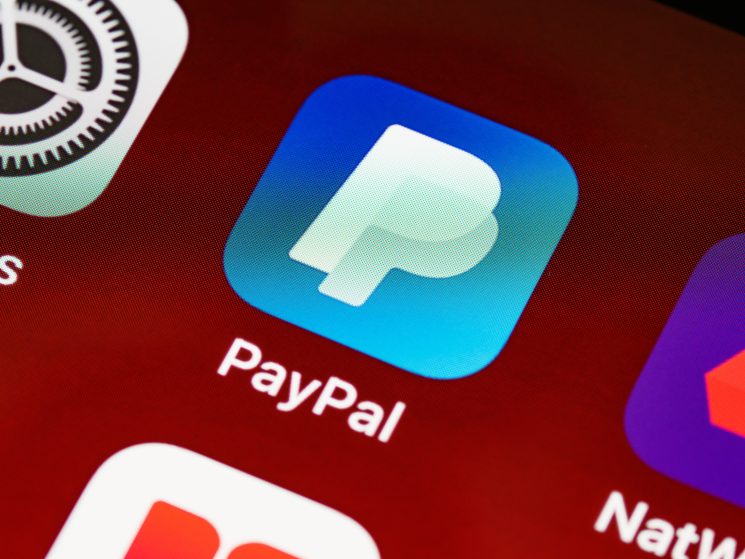When we think about the revolution that we have seen in how we shop and interact with money and payments, the pre-eminent name in the equation must be PayPal. However, back in the early days of eCommerce and the DotCom boom and subsequent bust, the thing most people could not get their heads around was how would payments be made?
It seems incredible now to think that cash was still king back in the early 2000s, and debit cards were often only used to withdraw money from the ATM. People had become accustomed to using their bank cards to pay in-store for good, but the internet was an insecure place, and connection speeds were unbelievably slow. As a result, there was reticence about online payment or even online banking.
This is where PayPal changed everything by creating a platform where your money was kept safe, and no banking details were shared with the merchant. The banks were also developing their own ‘Verified’ services that would make people feel safer when transacting online. However, after the dotcom bust, many of the big e-tailers who could afford to use the banks’ merchant services were no longer in the market.
Instead, early eCommerce transactions were taking place on sites like eBay, with small traders and individuals buying and selling goods from each other. The transaction gateway was PayPal, and it was accepted as an inherent part of the online marketplace. Founded in 1998 as Cofinity, eBay purchased it in 2002 and integrated it into the site.
Despite fierce competition from banks and other institutions, PayPal remains the name that is synonymous with trusted online transactions. It is no longer the only payment option on eBay, and it has faced fierce competition from the likes of GooglePay and ApplePay.
A recent study by Total Retail showed that consumers around the world are more likely to make an online purchase when the business accepts PayPal as a payment method, even if they check out using a different option. In fact, 59% of PayPal customers have aborted the transaction if the platform was not an option at the checkout. Big brand retailers, independent stores, and online PayPal casinos accept PayPal not only because of its popularity and ease of use, but also because of its safety protection features. PayPal essentially provides companies in the e-commerce and online casino space with a trustworthy and secure payment method that is matched by very few competitors in the industry.
As the online market has exploded, PayPal has maintained a firm foothold in the sector. PayPal in the USA handles 22% of all online transactions. In the first quarter of 2021, the platform processed $3.74 billion in the USA alone.
While an online giant, PayPal is not regarded as an app or platform for face-to-face transactions, but this is now all changing. Having seen its online dominance challenged by payment wallets and other online payment options like Klarna and Boku, PayPal has evolved too. As well as changing its online offering to include PayPal credit, buy now, pay later and Pay in Three, it is also currently promoting its use as an in-person payment option. In a press release dated May 11th, Frank Keller, SVP, Enterprise Solutions and Merchant Platform, announced that,
“Millions of small and large merchant locations globally now accept PayPal and Venmo at the point-of-sale.”
PayPal’s strategy is to be an omnichannel payment provider. Essentially this means that wherever payment can be made with a debit card, credit card or contactless, PayPal aims to be an option too. The consumer needs to have PayPal in their ‘wallet’ on their mobile device to make this a reality. Consumers will add PayPal to their digital wallet once they know that using it is an option. PayPal says that 71% of customers are more likely to buy and feel positive towards the retailer if they have a choice of payment options.
Some of the biggest retail names are now taking PayPal in-person, including Bloomingdales, Footlocker, Levi’s, and Macy’s. However, not only the mega-merchants can integrate PayPal for their customers. PayPal offers a simple point of sale solution which requires little technical integration. In addition, their Zettle card reader also has other functions to help the smaller retailer.





